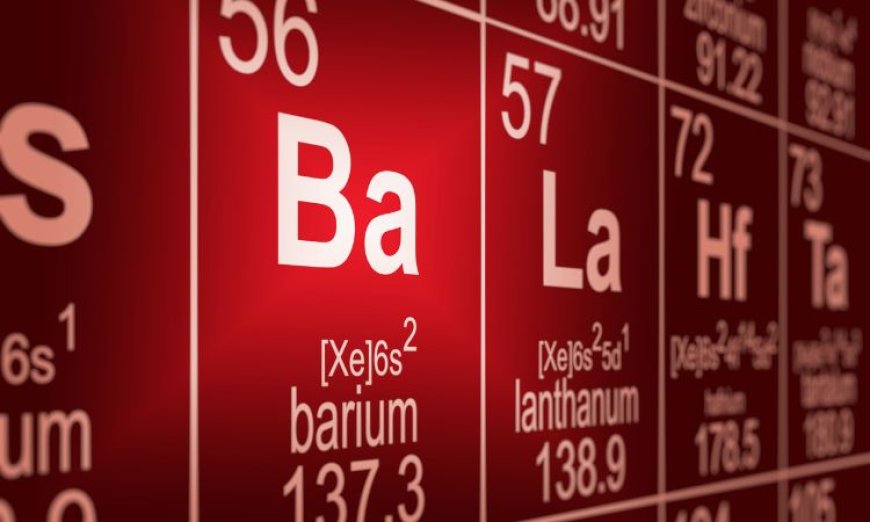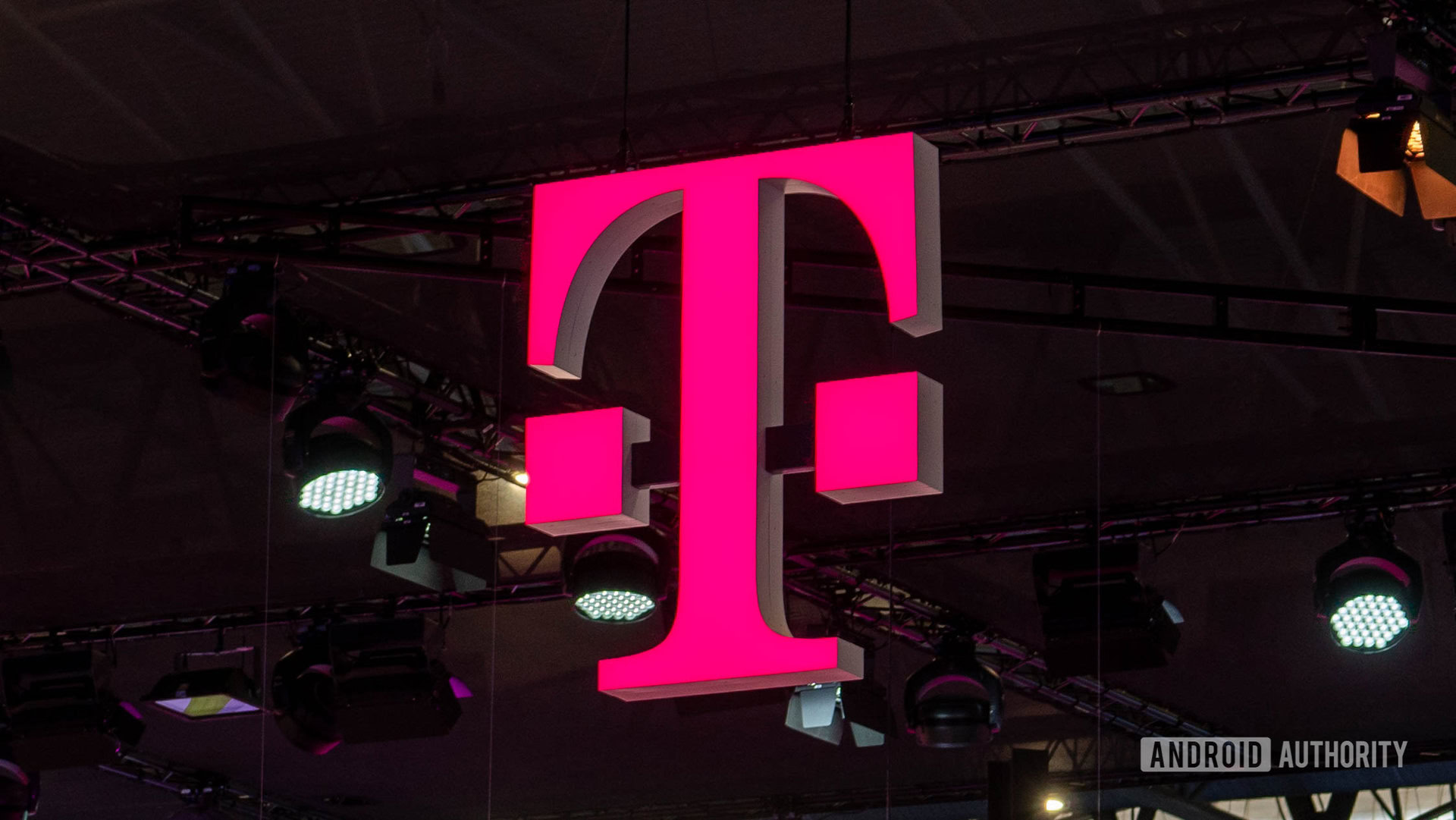Barium Titanate Market Share, Size, Trend & Growth | 2032
The global Barium titanate market Size is witnessing rapid growth, primarily driven by its increasing demand in applications such as multilayer ceramic capacitors (MLCCs), semiconductors, and the rising adoption of electric vehicles (EVs).

The global Barium titanate market Size is witnessing rapid growth, primarily driven by its increasing demand in applications such as multilayer ceramic capacitors (MLCCs), semiconductors, and the rising adoption of electric vehicles (EVs). As one of the most crucial ferroelectric materials, barium titanate (BaTiO3) is finding growing prominence across various industries due to its excellent dielectric properties and wide range of applications in electronics, energy, and automotive sectors. The global barium titanate market is expected to grow at a CAGR of 6% between 2024 and 2032.
Key Benefits of Barium Titanate
- Superior Dielectric Properties: Barium titanate is widely utilized in the production of capacitors due to its high dielectric constant and low loss, which enhances the efficiency and performance of electronic devices.
- Energy Storage: Its ability to store energy makes it a vital component in batteries and supercapacitors, which is becoming increasingly important in energy-intensive industries, including electric vehicles.
- Ferroelectric Properties: The material's ferroelectric nature enables its use in sensors, actuators, and transducers, which find applications in a variety of industries, including medical devices and automotive technologies.
- Environmental Benefits: Barium titanate-based products contribute to environmentally friendly solutions in the form of energy-efficient capacitors and electrical devices.
Key Industry Developments
- Expansion in MLCC Manufacturing: Major players in the electronics industry are expanding their manufacturing capacities of multilayer ceramic capacitors due to the rising demand for consumer electronics and automotive electronics. Barium titanate is a core material in MLCC production.
- Growth in Electric Vehicles (EV) Market: The rapid growth in the EV market has led to an increased demand for barium titanate due to its use in energy storage devices and capacitors.
- Research in Advanced Applications: Ongoing research into barium titanate's potential in 5G technology, advanced robotics, and renewable energy storage is positioning the material as a critical component for future technologies.
Driving Factors
- Rising Demand for Electric Vehicles (EVs): The global transition to cleaner transportation is driving the need for energy-efficient materials like barium titanate, which are essential in EV batteries and capacitors. This is expected to be a major growth driver for the market over the forecast period.
- Boom in Consumer Electronics: The proliferation of smart devices, wearables, and other consumer electronics has resulted in a heightened demand for high-performance capacitors, further pushing the need for barium titanate.
- Advancements in Telecommunications: With the roll-out of 5G networks, the demand for efficient capacitors and transducers is increasing. Barium titanate's superior dielectric properties make it ideal for telecommunication devices.
- Focus on Energy Efficiency: The increasing emphasis on sustainable energy and efficiency is pushing industries to adopt materials like barium titanate, which is used in the production of energy-saving electronic components.
Restraining Factors
- High Production Costs: The production process for barium titanate is energy-intensive and costly, which acts as a restraint, particularly for smaller players in the market.
- Volatile Raw Material Prices: Fluctuations in the cost of raw materials used to produce barium titanate can lead to price instability, which may hinder market growth.
- Environmental and Regulatory Challenges: The production and disposal of electronic waste, which often contains barium titanate, is subject to stringent environmental regulations, posing challenges to market players.
Market Segmentation
-
By Application:
- Multilayer Ceramic Capacitors (MLCCs)
- Semiconductors
- Energy Storage Devices
- Sensors and Actuators
- Others (Medical Devices, Photovoltaics)
-
By End-Use Industry:
- Automotive (Electric Vehicles)
- Electronics
- Telecommunications
- Energy
- Healthcare
- Industrial
-
By Region:
- North America
- Europe
- Asia-Pacific
- Latin America
- Middle East & Africa
Market Outlook
The market outlook for barium titanate is highly positive, with its growing use in electric vehicles, energy storage systems, and advanced electronics. The rise of 5G, IoT, and other cutting-edge technologies will provide significant growth opportunities for barium titanate manufacturers. Furthermore, as industries push for sustainability, energy-efficient materials such as barium titanate will play an essential role in reducing energy consumption in electronic devices.
Trends in the Barium Titanate Market
- Electric Vehicle Integration: With the rise in EV adoption, barium titanate’s role in EV battery efficiency and performance is gaining significant attention.
- Miniaturization of Electronic Devices: The trend towards smaller, more compact electronics is increasing the demand for miniaturized capacitors, a key application area for barium titanate.
- 5G Technology: The rapid deployment of 5G networks is creating new opportunities for barium titanate in telecommunication devices that require high-speed and high-capacity data transmission.
- Sustainable Energy Solutions: The focus on renewable energy and efficient energy storage solutions is promoting the adoption of barium titanate in various energy storage applications.
Regional Analysis/Insights
- North America: The region is witnessing strong demand for barium titanate due to its application in high-performance electronics and the expanding EV market, particularly in the United States.
- Europe: Europe’s focus on sustainability and renewable energy solutions, as well as its leadership in automotive manufacturing, makes it a key market for barium titanate.
- Asia-Pacific: With the presence of major electronics manufacturers in countries like China, Japan, and South Korea, Asia-Pacific is expected to be the fastest-growing region in the barium titanate market.
- Latin America and Middle East & Africa: These regions are gradually catching up, with increasing investments in energy-efficient technologies and renewable energy projects.
Major Key Players
- KCM Corporation
- Ferro Corporation
- Fuji Titanium Industry Co., Ltd.
- Nippon Chemical Industrial CO., LTD.
- Shandong Sinocera Functional Material Co., Ltd
- Others
Opportunities
- Growing EV Market: With electric vehicles gaining popularity, the demand for advanced energy storage solutions, where barium titanate plays a crucial role, will see significant growth.
- 5G Expansion: As global 5G networks expand, the demand for high-performance capacitors made from barium titanate is expected to rise.
- Innovations in Material Science: Research into the improved functionality of barium titanate in nanotechnology and quantum computing could open new growth avenues.
Challenges
- High Production Costs: Despite its advantages, the high cost of producing barium titanate may deter some companies from fully adopting this material.
- Regulatory Hurdles: The industry is subject to environmental regulations concerning electronic waste, which can add operational costs for manufacturers.
- Price Fluctuations: Uncertainty in raw material prices could lead to supply chain issues and increase production costs.
What's Your Reaction?
 Like
0
Like
0
 Dislike
0
Dislike
0
 Love
0
Love
0
 Funny
0
Funny
0
 Angry
0
Angry
0
 Sad
0
Sad
0
 Wow
0
Wow
0


















































